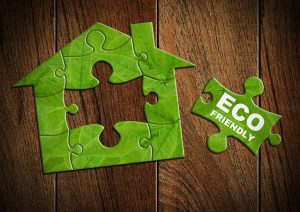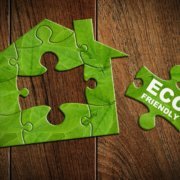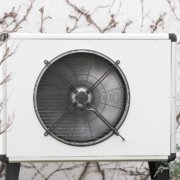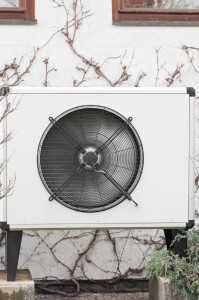
When it comes to tourism, being green is really beginning to pay; a whopping 58% of English consumers surveyed by VisitEngland indicated they’d want to stay in green accommodation with awards or environmentally friendly practices. So as a holiday homeowner providing green accommodation with solid eco credentials, how do you communicate with this potential marketplace? How do you ensure that they choose your cottage over someone else’s?
The varying levels of engagement with sustainability
Now that we’ve said that more than half of consumers would want to stay in green accommodation, you’d be forgiven for thinking that this is an incredibly important factor in the decision making of many guests. You’d not be wrong. However it is important to understand the varying levels of engagement that potential guests feel when it comes to being green.
Around 10% of the population are truly engaged with sustainability; they care for the planet and the society in which they live, and they’re likely to extensively research their potential accommodation and travel, even paying extra to stay in the eco-friendly option.
The rest of the population can be broadly split into two categories:
- those that are willing to buy sustainable and will pay extra if there’s a demonstrable benefit for them (around 60%); and
- those that aren’t interested or motivated in their decision making by sustainability and would be reluctant to pay more (accounting for 30%).
So this leaves us with around 70% of the market to target and engage with, ensuring that they not only know that we’re green, but why and how that benefits them as a paying guest.
The integration with your website
Having a sustainability page and a green policy isn’t going to cut the mustard anymore; they can be dry and they’re also rarely visited. In comparison with your other pages this is the sort of content that is only going to hit home with the 10% of the population whom are heavily invested in green tourism.
Make being green a central element to all of your copy, but ensure it doesn’t become over-baring by focussing on the actual positives of your actions. Take a look at your copy and ask yourself if you’re really communicating the green advantages; if there’s a photo of your cottage with solar panels are you saying how much Co2 you’re saving and how much that’s saving them as a guest in return?
Carrying this message through to your other communications
Don’t just leave this on your website for a couple of years; ensure that you’re delivering the same message through your Facebook page and your email marketing efforts. These are key ‘touch-points’ with potential and returning guests between now and the point at which they come to make that booking decision, so make sure they’re well educated in your green credentials to save the need of them having to research and find somewhere else.
The benefits of green accommodation awards
Awards are still a great marketing tool when it comes to communicating credibility and quality with potential guests. 51% of respondents to a recent survey conducted by VisitEngland indicated that they’d select one hotel over another if it had a green award. The same findings can broadly be applied to the holiday home market. Therefore the question is, have you applied for a green award to give your actions and hard work the credibility they deserve?
These don’t have to be through a glitzy award ceremony; there are a number of schemes that reward and promote businesses operating with a consideration for the environment. Do your research, and once you’ve achieved the certificate or won the award promote it. Ensure that the logo goes onto your website and all other promotional material.
Boshers offer specialist holiday home insurance to owners across the UK. For information on how we can help and support your holiday home business call us on 01237 429444.



 Do you know how many light bulbs there are in your holiday home?
Do you know how many light bulbs there are in your holiday home?
 When you say the words ‘renewable energy’ for most the mind will immediately be trained on solar panels and wind turbines. One technology that has perhaps garnered less attention than others is the air source heat pump, which uses the warmth from the air surrounding a
When you say the words ‘renewable energy’ for most the mind will immediately be trained on solar panels and wind turbines. One technology that has perhaps garnered less attention than others is the air source heat pump, which uses the warmth from the air surrounding a